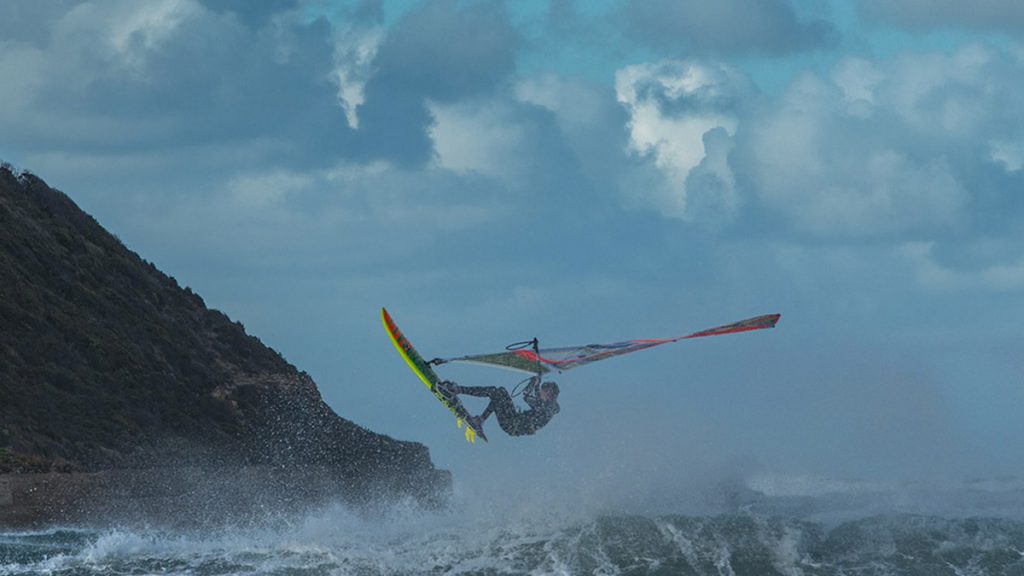Quarantine
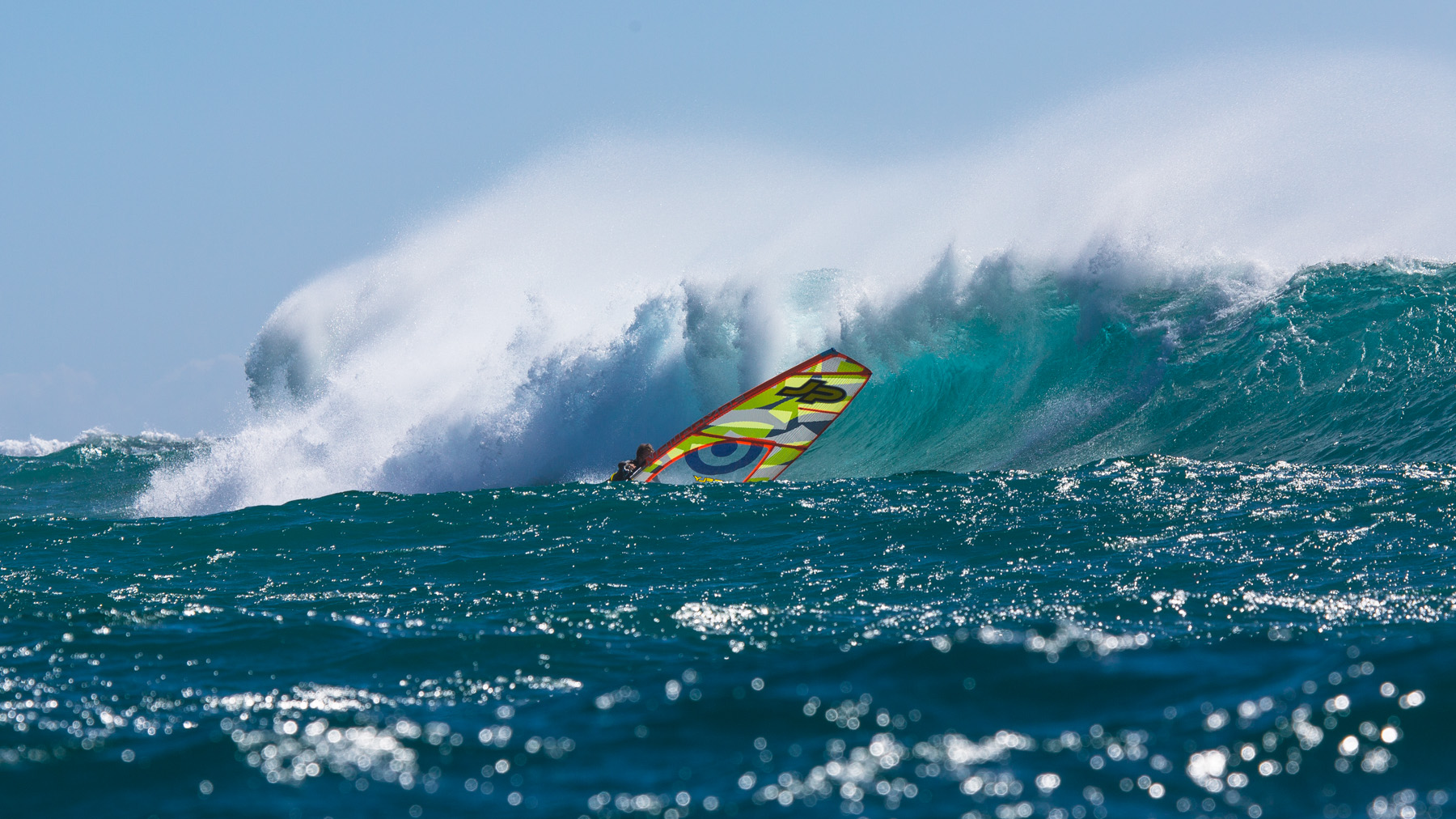
As one of, if not the best wave in Victoria, Quarantine (sometimes called Corsair) is notoriously crowded with surfers despite the difficult access and hazardous nature of the location and wave. Thankfully, it is usually empty on strong wind days making it a potentially word class wavesailing spot for those with the knowledge, resources and skill to make it happen.
The wave itself is a heaving, barrelling left that breaks over shallow sand and rocks at the very tip of Point Nepean. Just behind the break, the water drops off rapidly into ‘The Rip’ – a feared stretch of water courtesy of the treacherous currents ripping in and out of Port Phillip Heads. Add the large swell needed to awaken the wave, throw in strong wind and some container ships and you’ve got a recipe for a boating disaster on any potential windsurfing mission out there.
Quarantine is only for very experienced riders, with a large seaworthy boat and a capable captain.
Optimal Conditions:
8ft+, long period swell with strong S-SW wind for a cold water, sand bottomed Gnaraloo lookalike.
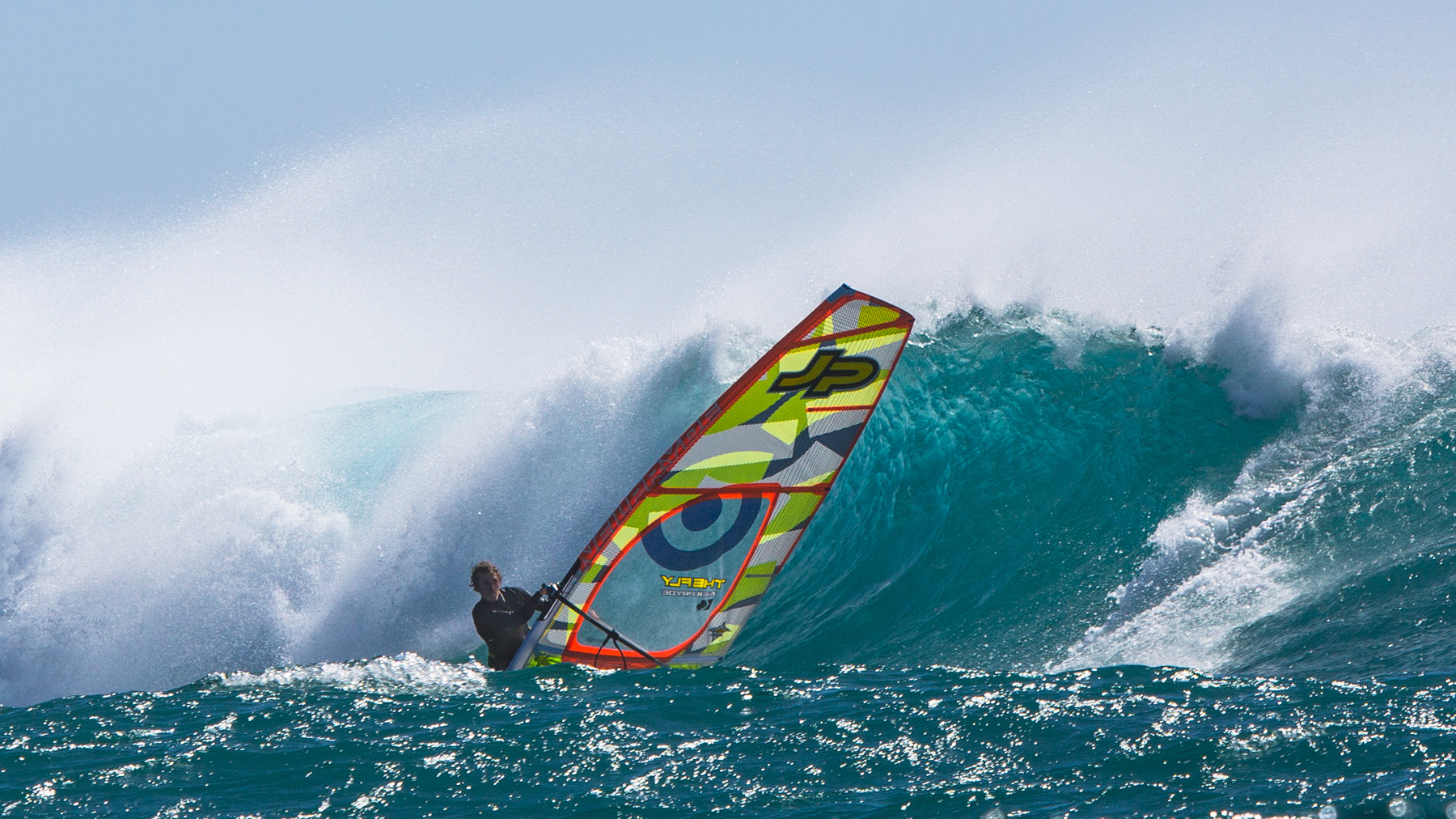
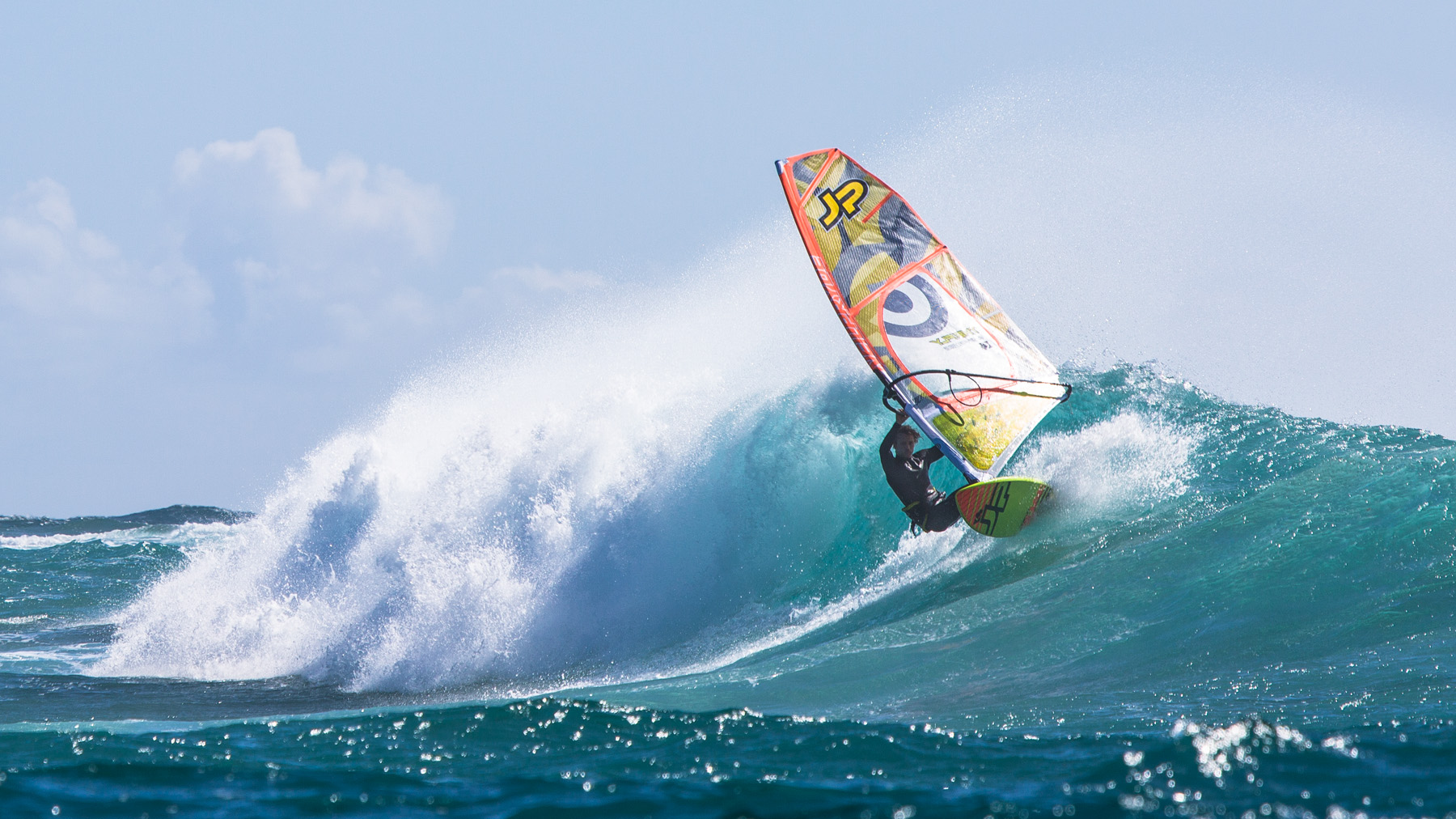
Above: Quarantine is sailable on summertime seabreezes, but the wind tends to be substantially lighter than up towards the city – and with light wind comes risk and difficulty getting the right positioning on the wave.
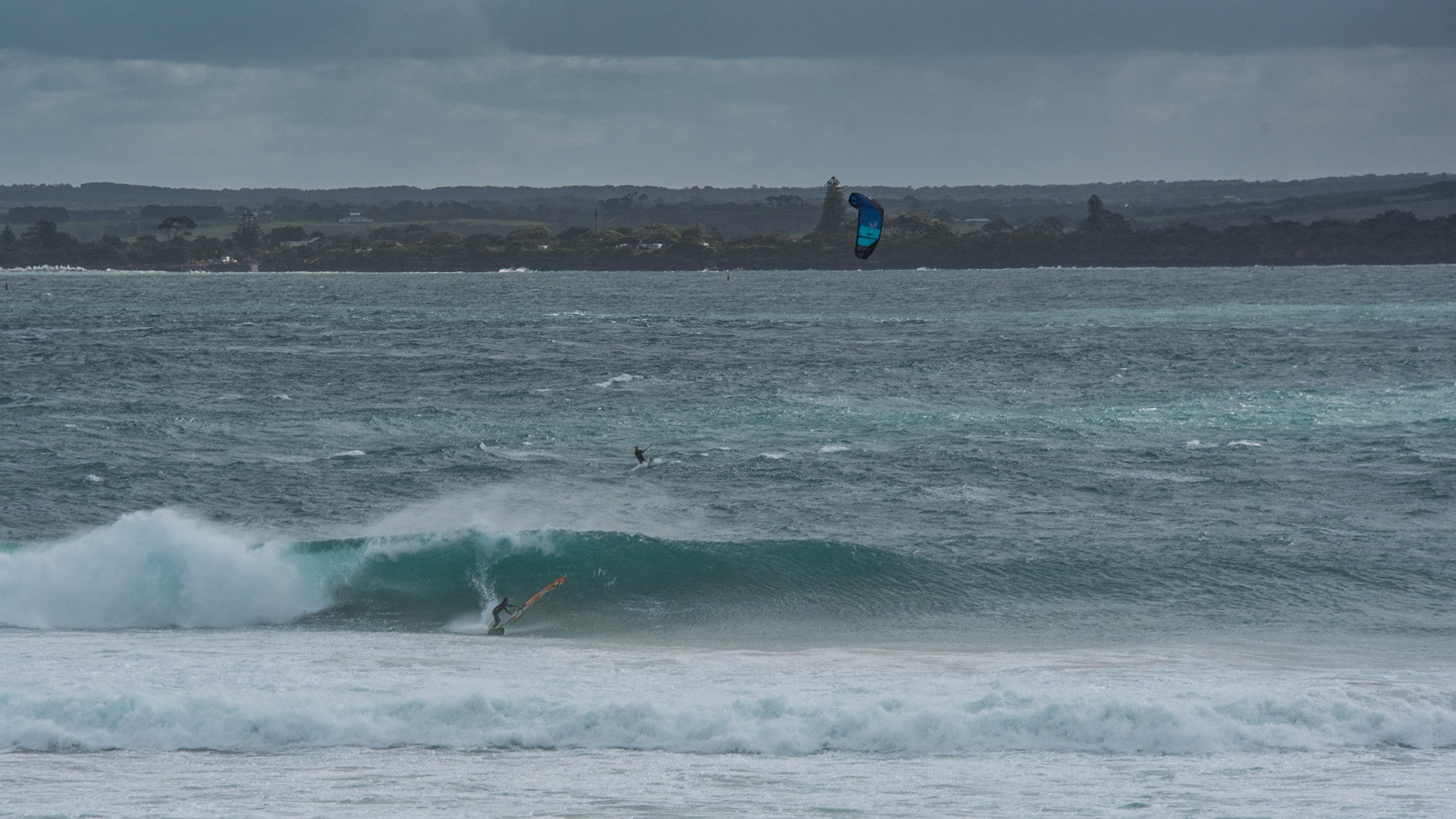
Above: Proper Quarantine on a solid swell. This section of the wave is steep and smooth but can be difficult to get to the peak if the wind is light or the current is running in.
Below: This sequence shows how to almost destroy your equipment and waste a perfect wave. The wave felt to be only shoulder or head high, but bottomed out in a second – instantly jacking in size. Getting a feel for how the wave breaks requires several sessions out there.
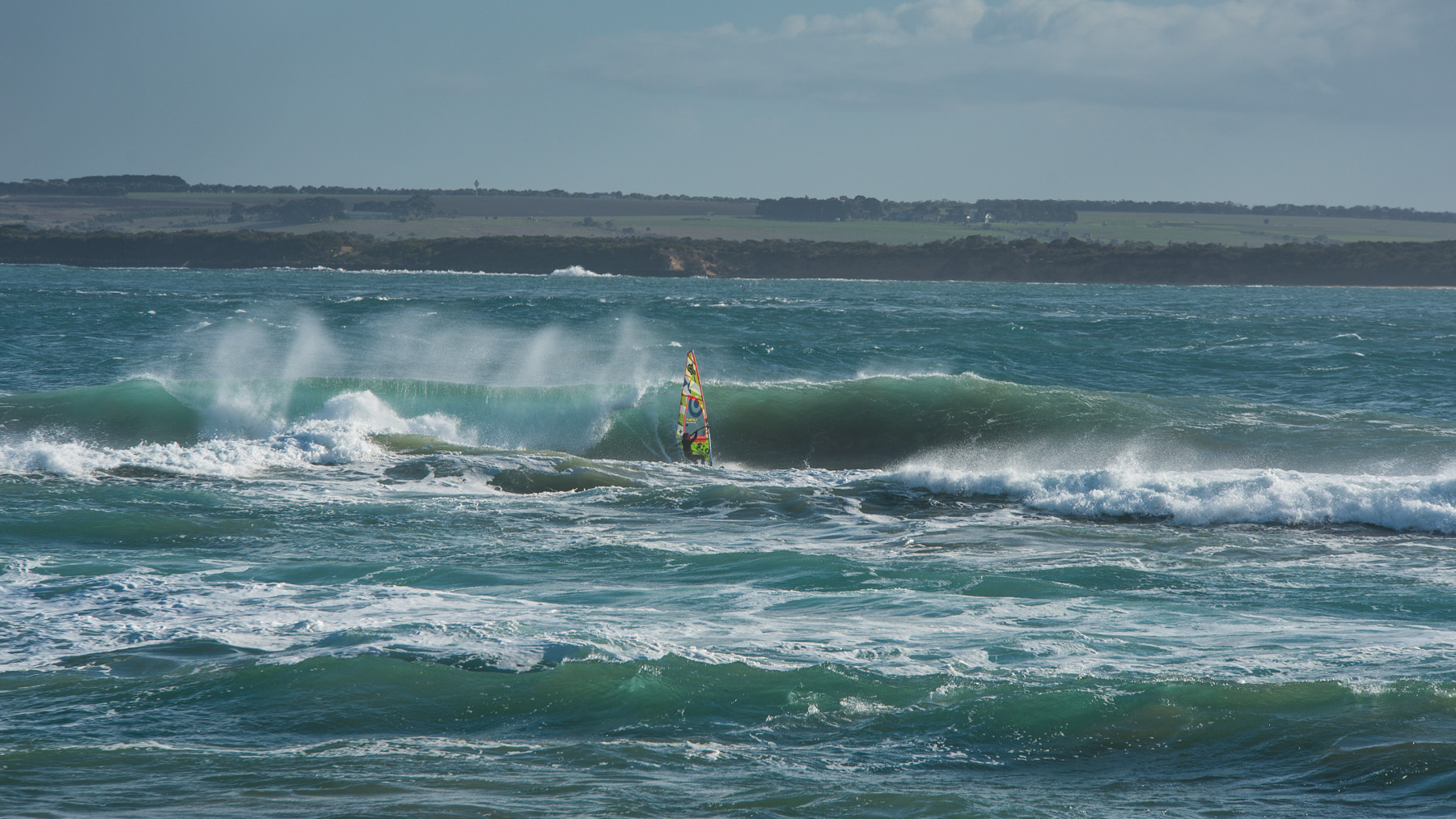
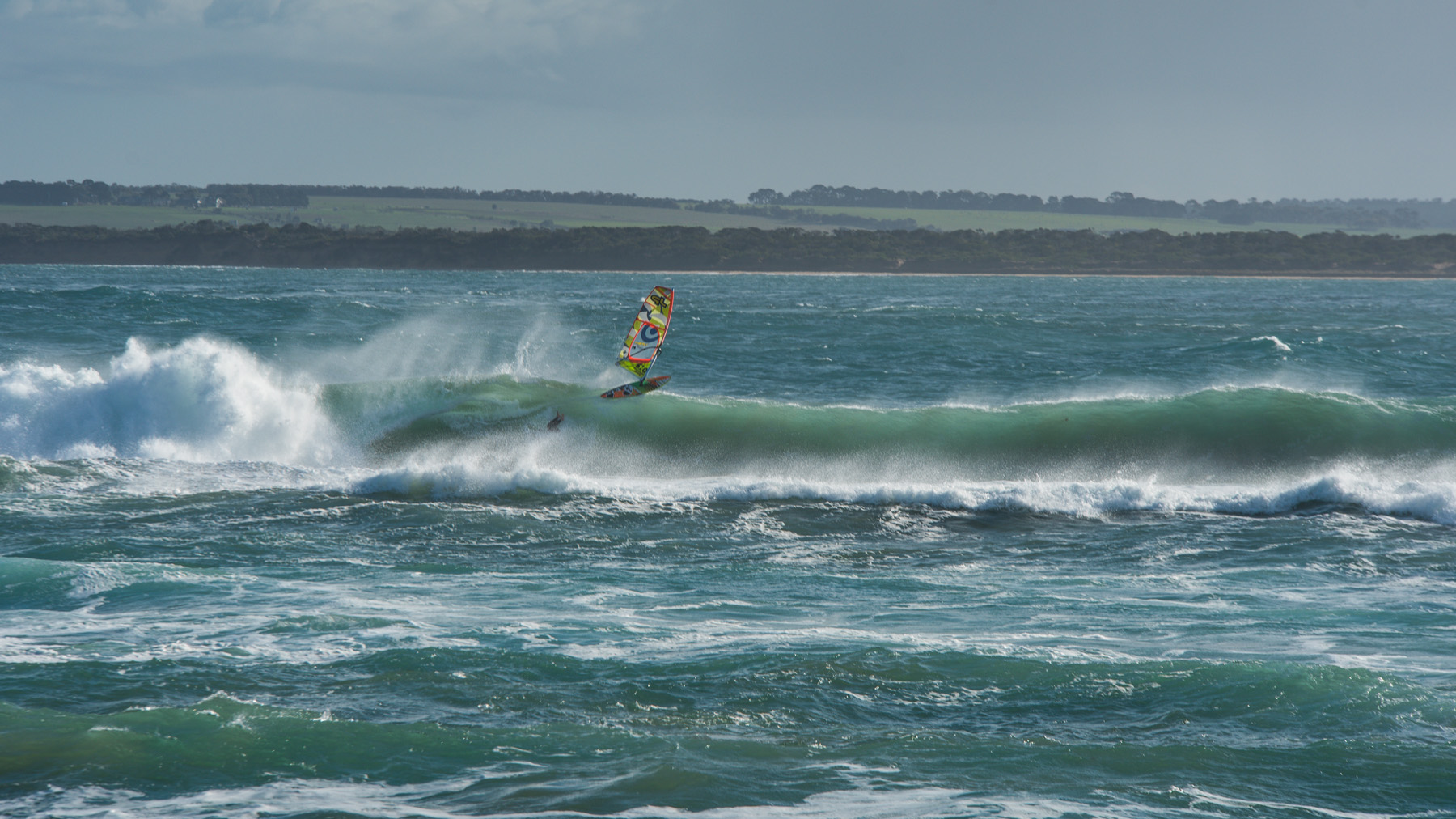
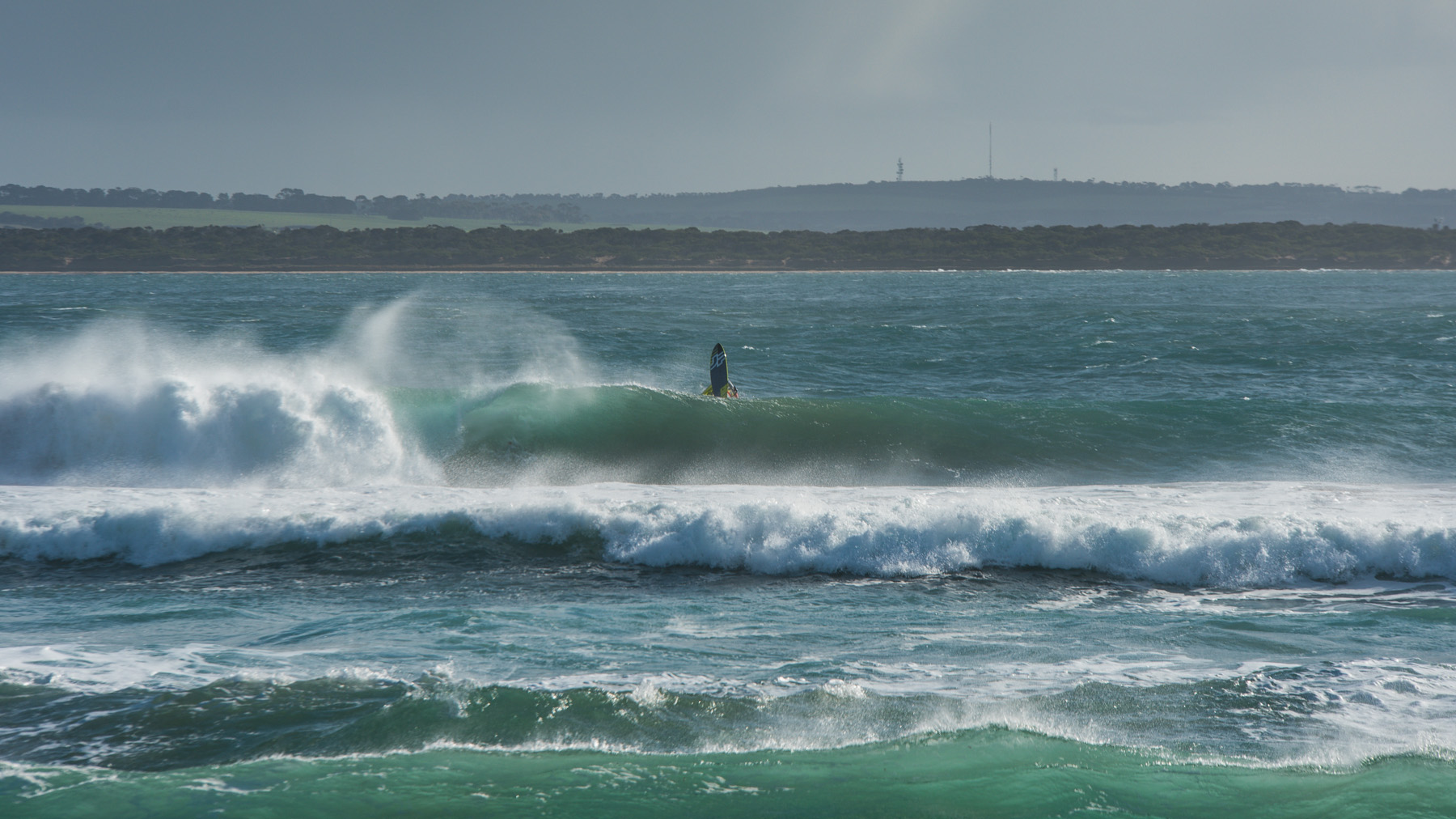
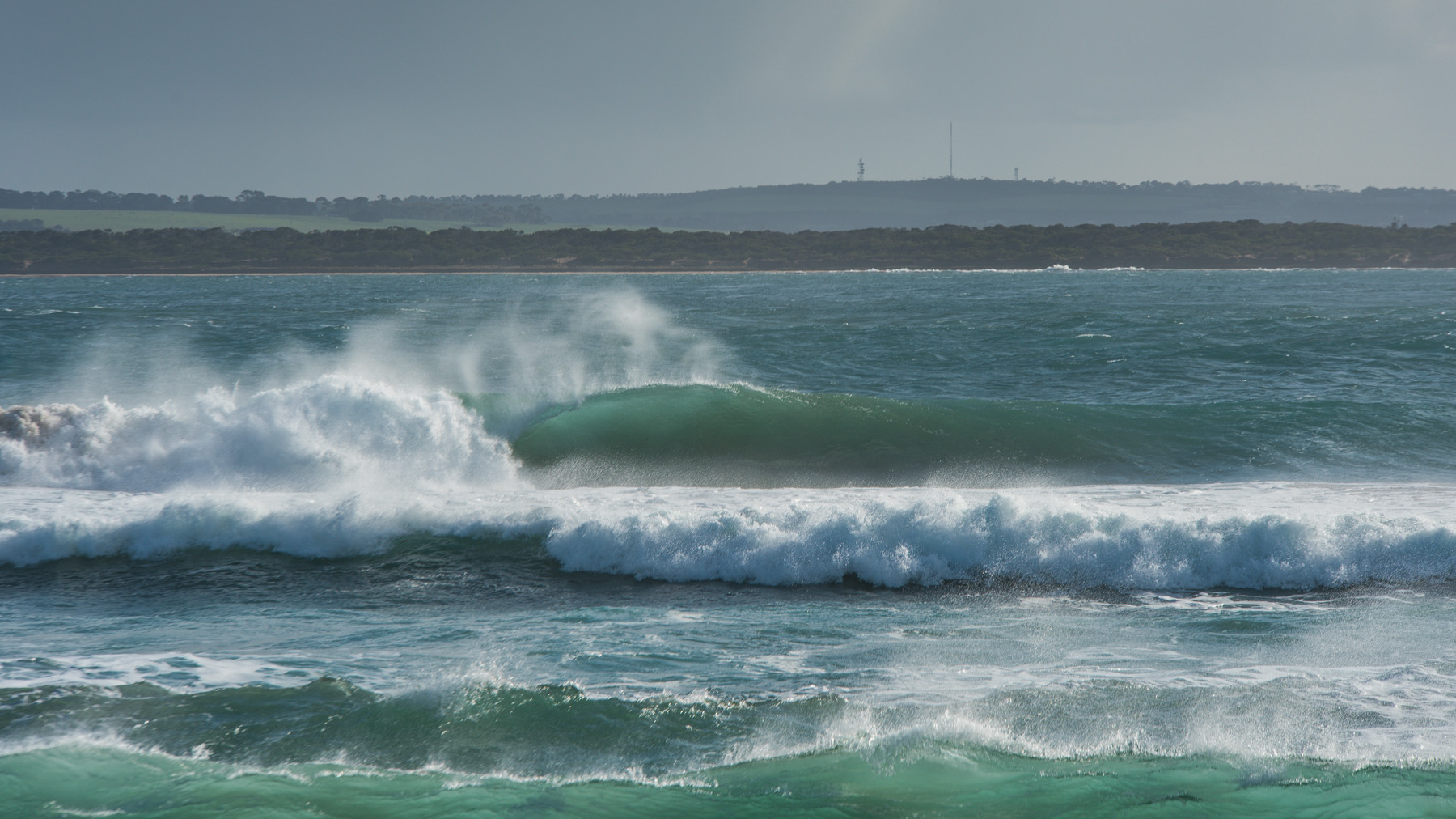
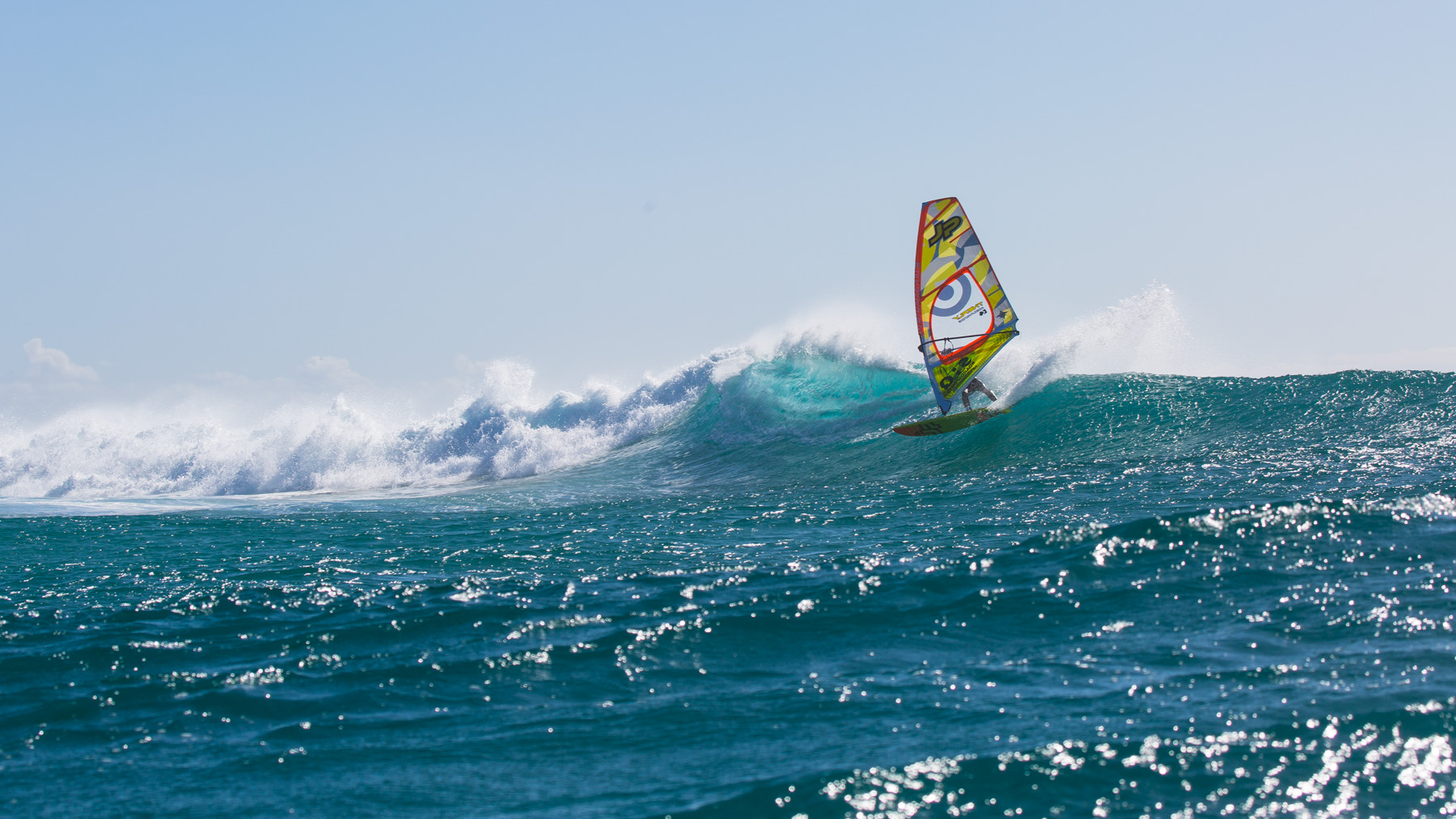
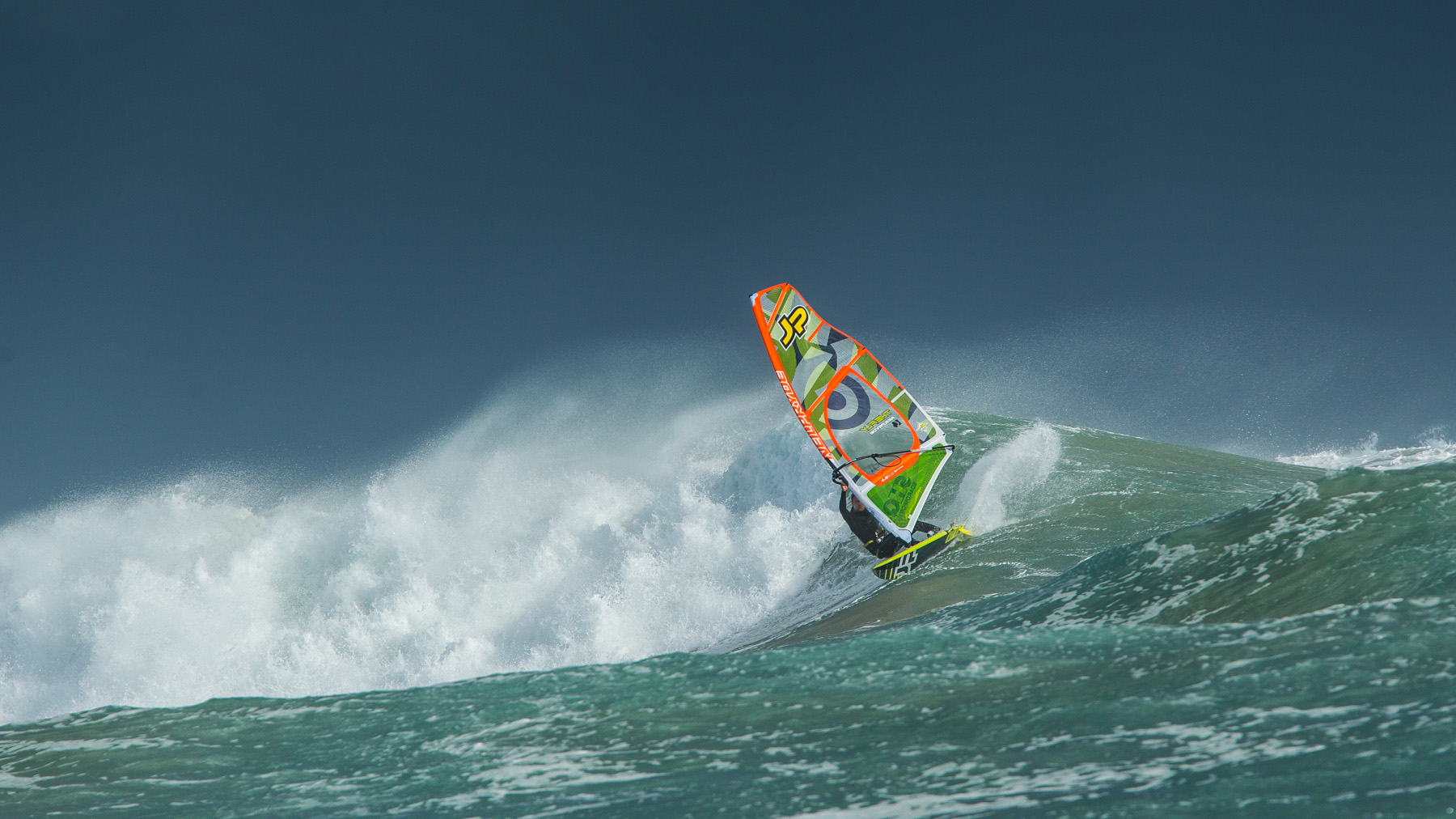
Above: The top section of the wave rarely links through. After a powerful first peak, they often fade off into a fat section and dead spot before the same swell line breaks again at Crystals on the inside.
Below: Crystals on the other hand is anything but fat – throwing huge square barrels on big swell. This style of wave becomes so heavy it is challenging to windsurf – with only a very tight zone between too deep and annihilation and too far on the shoulder.
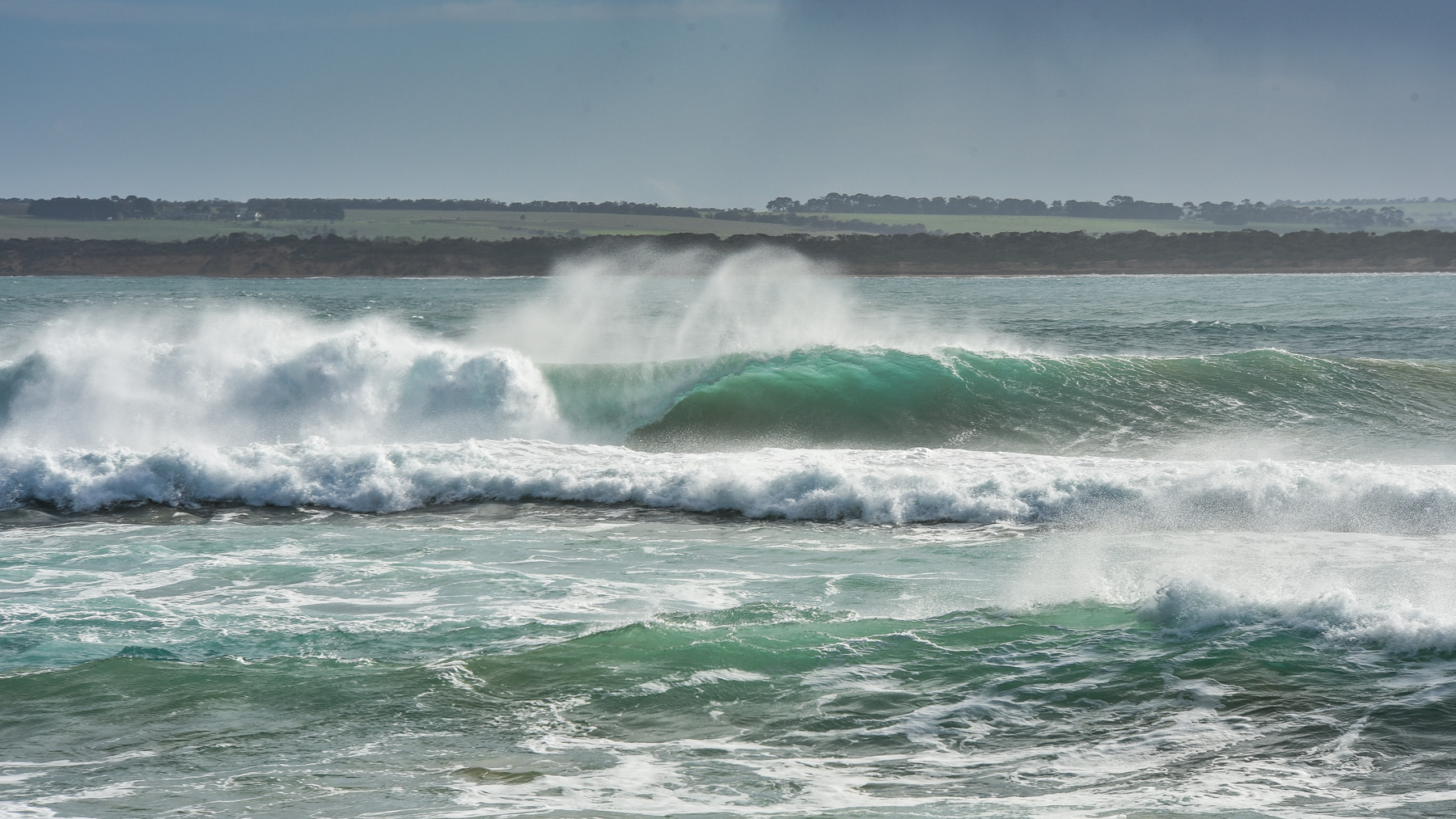
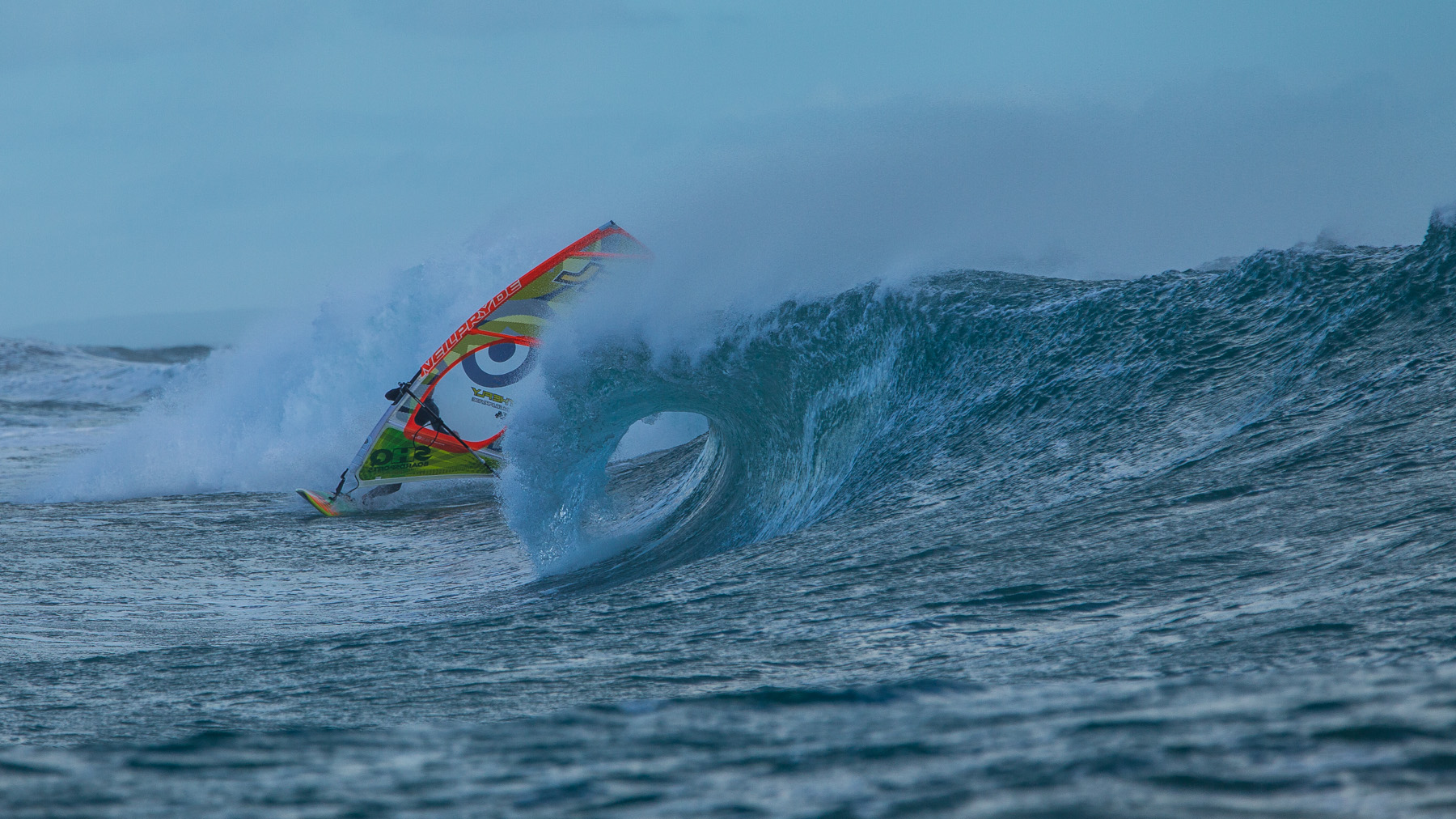
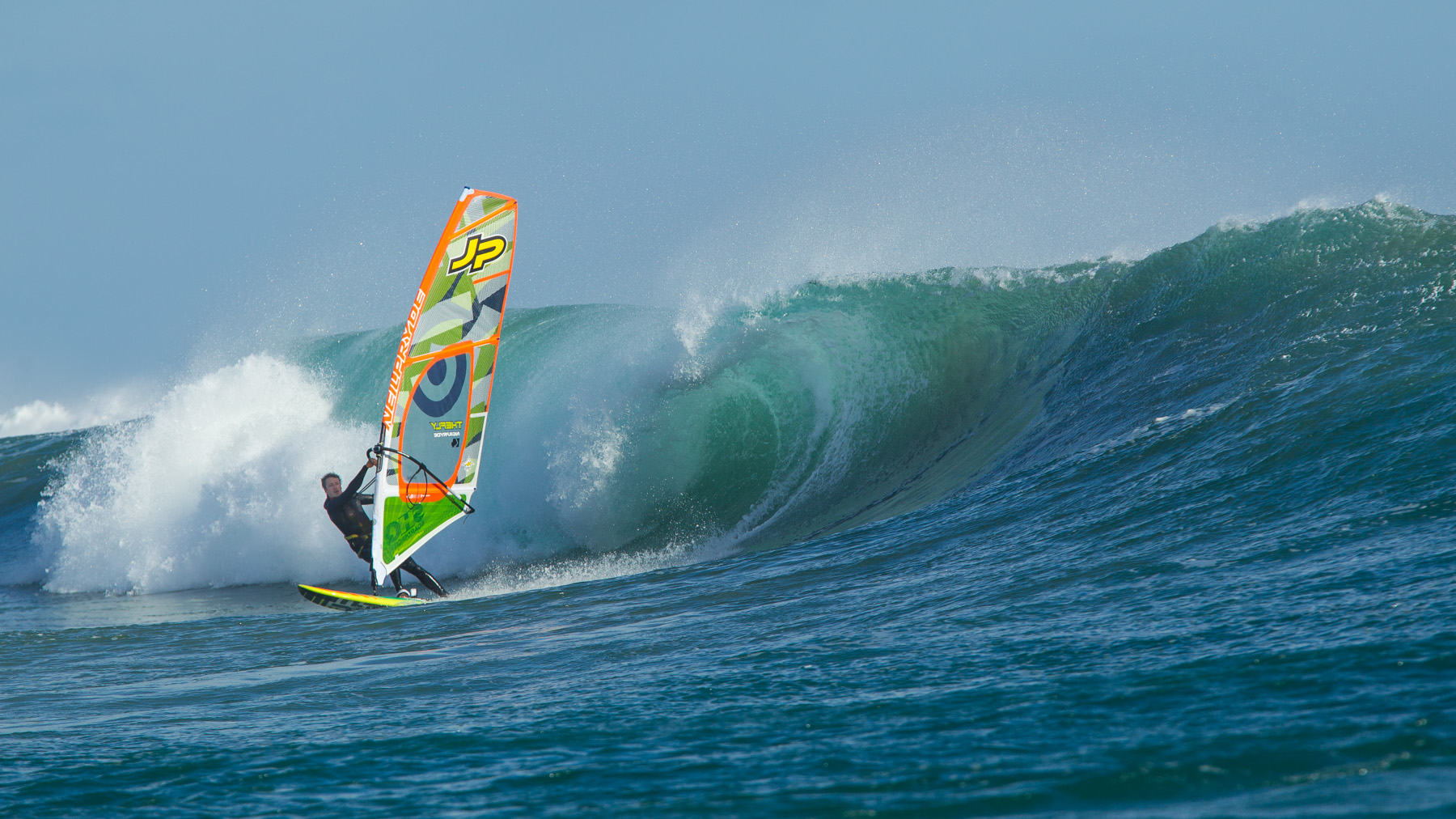
Above:
1. If riding the top section of the wave, you can often escape heavy, unmakeable sections down the line by airing out the back. Just watch out for bomb sets behind.
2. Sometimes though the wave will break so fast that this isn’t possible and the choices become – straighten out to shore and get smashed by the barrel or slingshot your equipment out and risk getting pitched backwards, praying the wave behind isn’t bigger.
Below: If you are caught too deep, the punchy sections are perfect for nice aerials with the right timing.
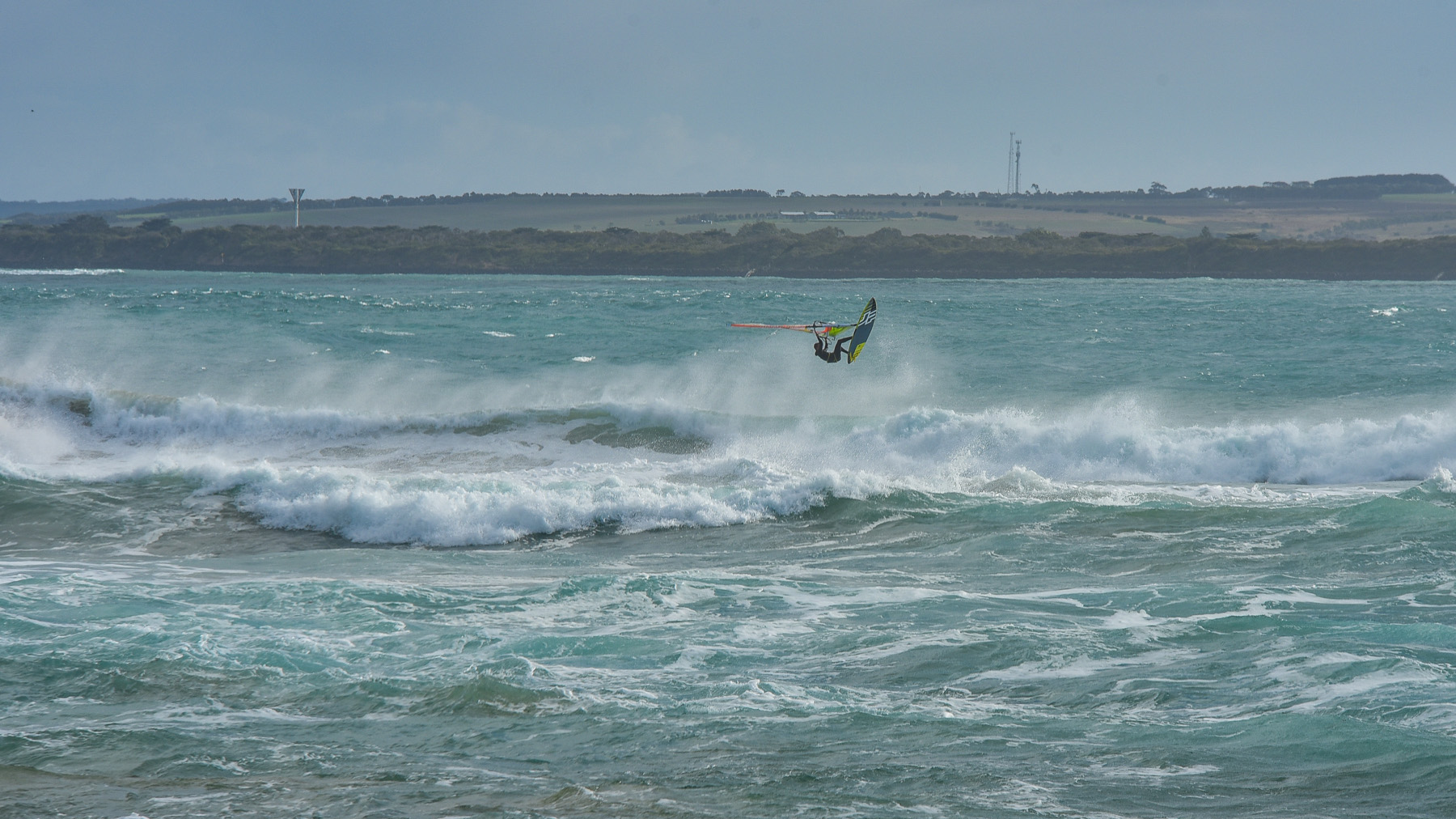
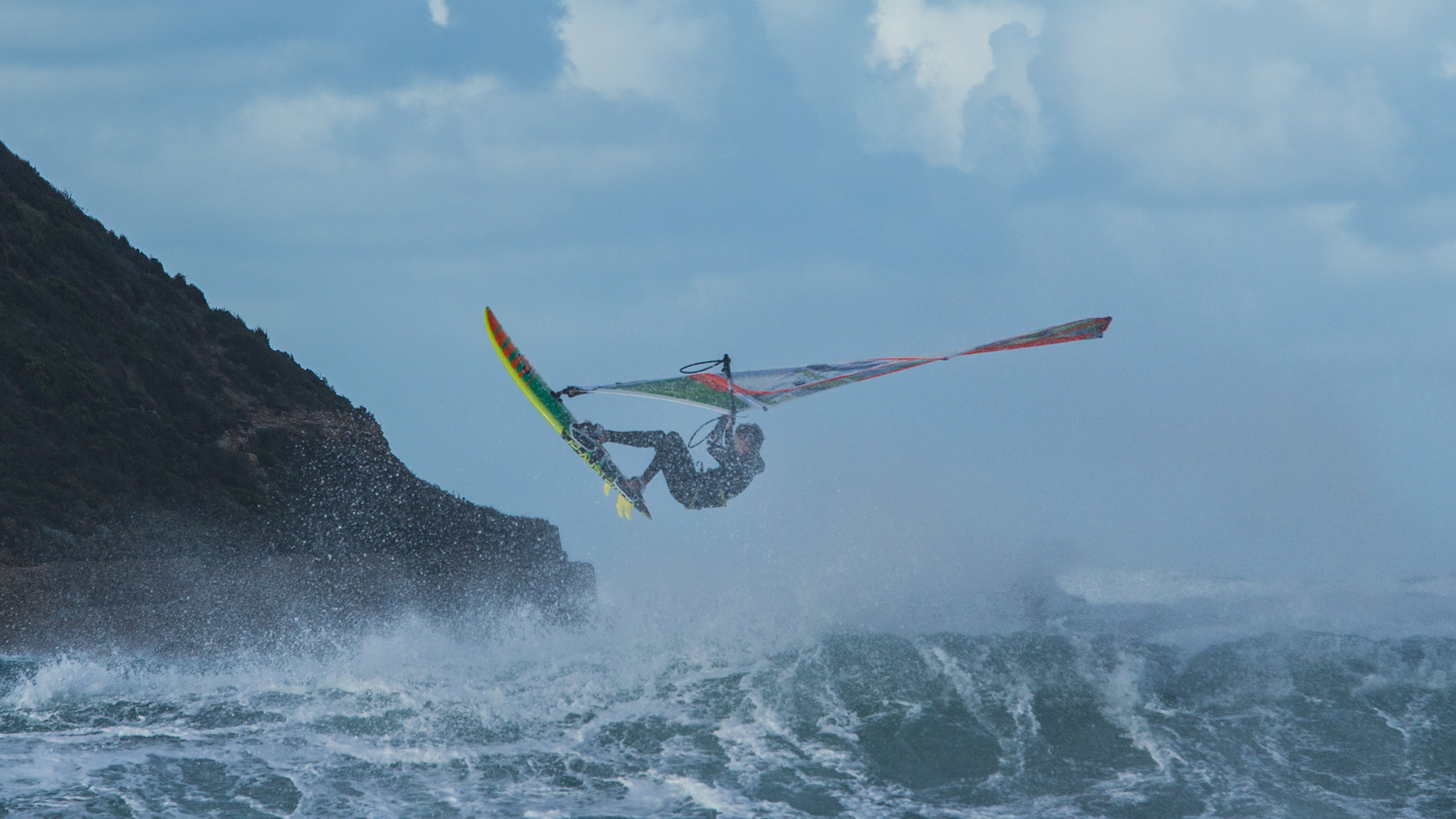
Key Stats:
Wind Direction:
While technically Quarantine can break from out the back near Corsair Rock, down the line for a very long way to ‘Crystals’ in a single line – it rarely does this. Normally the wave is split into two distinct zones – the upwind, larger ‘Quarantine’ section and the downwind smaller, hollower, longer and faster ‘Crystals’ section.
The top part of the wave is best on S-SSW wind, and the bottom part of the wave can handle more westerly as it wraps around the point.
Swell:
Quarantine needs a quality swell to turn on, and can handle virtually any size. 6ft+ on the open beaches with a decent period is a good starting point and would offer 4-5ft sets on the top section of the wave. A long period swell over 3m average on the swell buoy should see mast high sets starting to happen on the top section, and very hollow half mast to logo high sets on the inside at Crystals.
Refer to notes on wave height.
Tide:
Tide is the most challenging aspect for a Quarantine mission – working around slack tide is critical. Generally slack – incoming is going to be a better choice from a safety perspective. Check the tidal flows at Port Phillip Heads, less tidal movement is preferred to give more time and reduce risk a little.
Rider Level:
Windsurfing Quarantine is only for the most experienced riders who are capable in very powerful, fast waves. Mistakes are potentially life threatening in this area – it should not be treated lightly.
Hazards:
The hazards of Quarantine cannot be understated, and as it requires a team effort to tackle the break it is not just potentially dangerous for a single person – but for everyone on the boat.
Dangerous Currents
The Rip is dangerous, no question about it. 30 boats and hundreds of lives have been claimed by this stretch of water. Surfers are regularly sucked out of Port Phillip Heads through The Rip if they don’t make it back to their boat before the tide switches. Equipment breakages are a likely possibility on a wave like Quarantine, and should this happen with the tide starting to pull out – there is a 0% chance you will be able to swim in. You will be going outside of the heads. Performing a rescue outside the heads on a windy day with a big swell is going to be extremely challenging and dangerous for all involved.
Shipping Channel
When pointing upwind to get back to the peak, you are going to be heading well and truly into The Rip towards the shipping channel. If something goes wrong out there, you are in serious trouble. The shipping channel sees big boats going in and out regularly, and is only about 1km from the back of the break.
If any kiters read this guide – it is very feasible to get sucked or blown out from Point Nepean where the nearest land is about 3.5km downwind, and through a major shipping channel. It is not worth the risks unless you are a professional with a support crew to pick you up.
Boat Access Only
A boat is needed to windsurf Quarantine, creating an extra set of risks and logistics to any normal land based session at a heavy break. Rigging on a boat and/or in the water is challenging. Anchoring the boat is very risky as large wide sets can break in what seems to be safe water and the crazy currents can rip anchors free quite easily. The best option is to a have an experienced, safety focused captain on board at all times to handle any issues as they arise.
If the wind drops, it is critical that the captain can see you and find you quickly before ending up either out of the heads, or in the shipping channel.
Powerful Waves
On any solid swell, Quarantine is a beast. The swells don’t stand up, instead bottoming out from under you into very fast barrel sections. These sections are very powerful and break over a shallow bottom. A fall means equipment breakage is likely and injury is possible. If the wind is light, it becomes hard to escape waves that race in down the line faster than expected – sending you straight into the shallow impact zone.
Sharks
This area is notoriously sharky due to the deep-water drop offs, currents and abundance of fish and seals in the area. Bronze whalers are seen frequently, along with Great Whites on occasion.
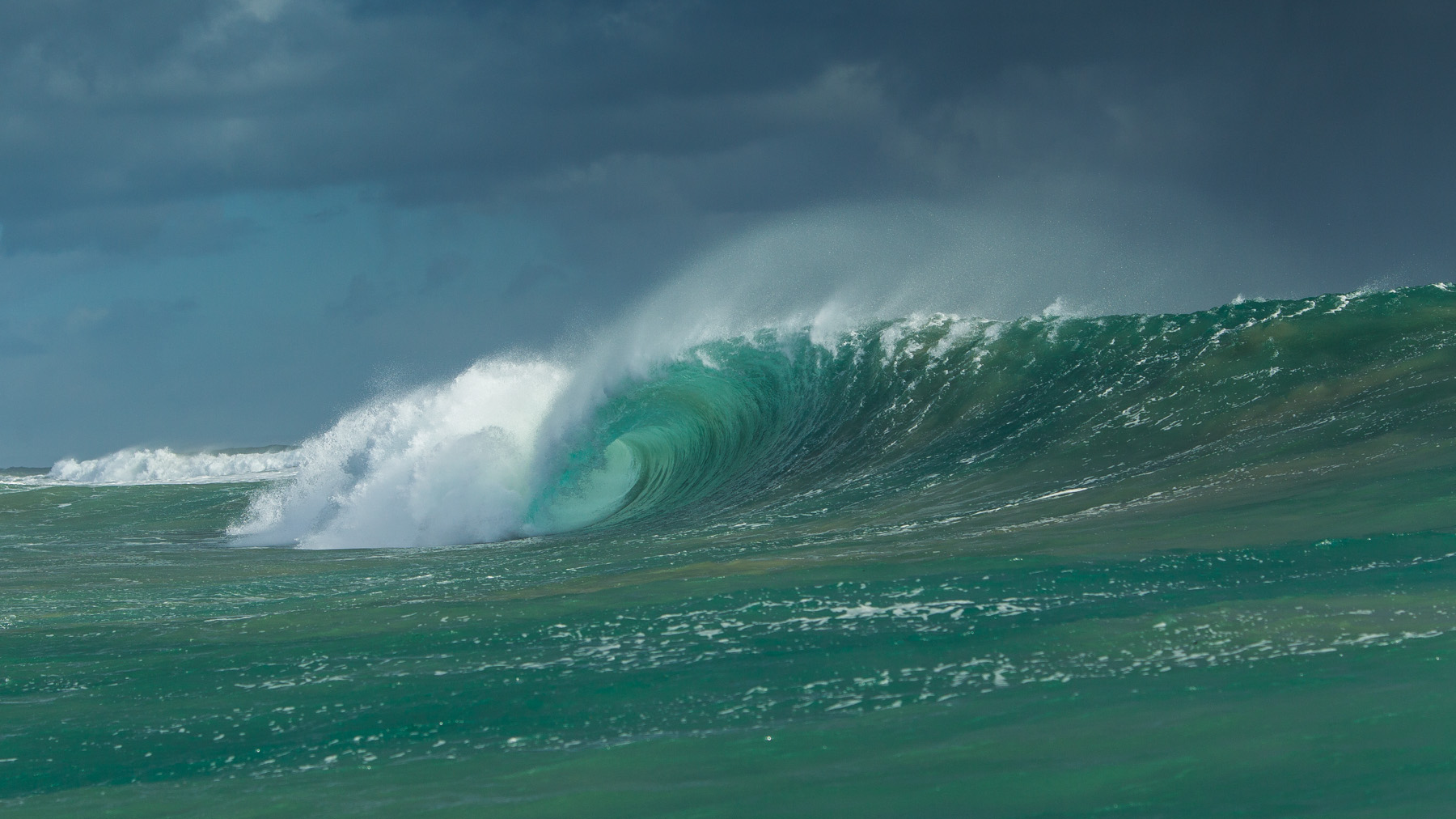
Above: With waves that looks like this, worrying about sharks is going to be the last thing on your mind.
Below: Rigging and de-rigging on boats and in the water is hard, but necessary to ride Quarantine. Think this process through before you actually need to do it in a potentially stressful environment.
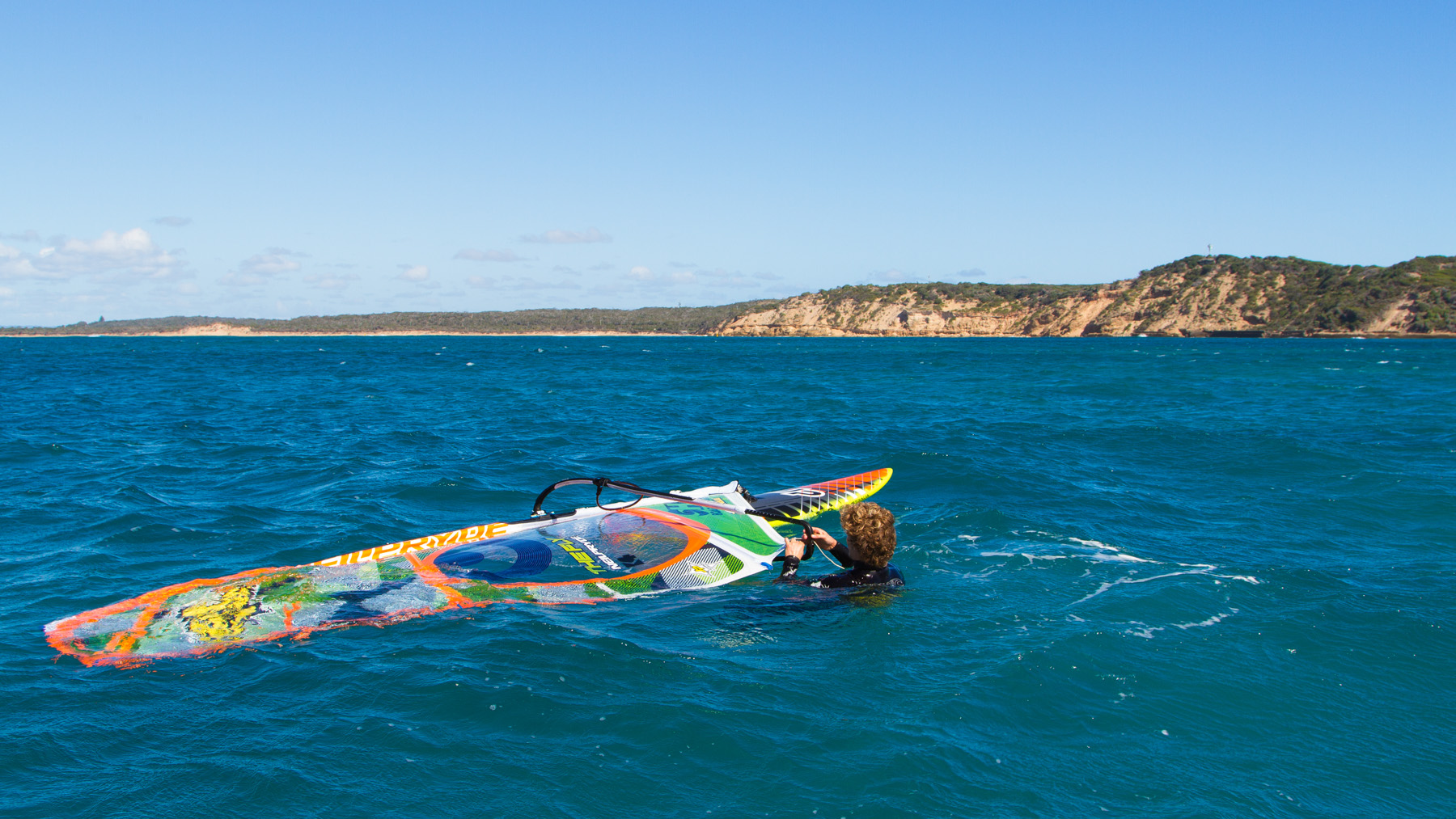
Forecasting Resources:
Quarantine is sailable on two different weather patterns – a warm summer seabreeze, or a cold front from the S-SW. Given the spot is such a mission to ride, it is important to make the right call on the weather or risk being skunked after a huge effort.
Current Swell:
Check the swell forecast on Swellnet here, this forecast is for open beaches just outside of the heads at Quarantine. 6ft+ on the forecast is a good starting point to see waves breaking at least semi-regularly.
Check live readings from Pt Nepean Swell Buoy here. A 2m average swell with a period over 14 seconds will be enough and really – the bigger, the better.
Current Wind:
South Channel Island is not far from Quarantine, but also is a little elevated and reads a bit higher than the true wind speed on the water.
Nearest Windguru Forecast:
Location:
Notes:
Swell Size:
Waves heights given in feet are ‘surfers’ size or Hawaiian Scale. Loosely this means a 3ft wave is head high, 4ft is overhead and 6ft is double overhead or mast high. Use the table below to roughly translate between surf forecasts and live swell readings at Point Nepean.
| Wave Size | Swellnet Forecast (Mornington Peninsula) | Point Nepean Swell Buoy (average height) |
|---|---|---|
| Small | 1-3ft | 0.3-0.9m |
| Medium | 3-5ft | 0.9-1.3m |
| Large | 4-6ft | 1.2-2m |
| Very Large | 6ft+ | 2.0m+ |
Swell period relates to the amount of energy in the swell, a sub 10 second period is low and will be weak. An average quality swell will be around 12-14 seconds and high period, high energy swells are typically over 15 seconds. Higher period swells will generally wrap further into more sheltered locations and lead to increased wave heights.
Disclaimer:
All information published here is for educational purposes only with no warranty, express or implied. In no event will any form of liability be accepted as the result of your use of information published on this site. You are responsible for your own safety in the ocean, educate yourself, maintain high levels of fitness, maintain your equipment and always act within your limits.
Photos:
Photos by Chris Carey, John McCarthy & Rob Pignolet.
